Law Enforcement
The integration of drones in law enforcement has ushered in a new era of capabilities, offering unprecedented advantages in surveillance, search and rescue operations, and public safety.
Benefits Of Law Enforcement
Surveillance and Reconnaissance
Drones provide law enforcement with an aerial perspective, allowing for effective surveillance and reconnaissance. This is particularly useful in monitoring large crowds, events, or crime scenes. Drones can quickly cover large areas and gather real-time information.
Search and Rescue Operations
Drones can be instrumental in search and rescue missions, especially in difficult-to-reach or hazardous areas. They can cover vast areas more quickly than ground teams, and equipped with thermal imaging or cameras, they can locate missing persons or assess disaster-stricken areas.
Crime Scene Investigation
Drones aid in crime scene documentation and analysis. They can capture high-resolution images and videos from different angles, providing a comprehensive view of the crime scene. This data can be crucial in investigations and court proceedings.
Using Drones
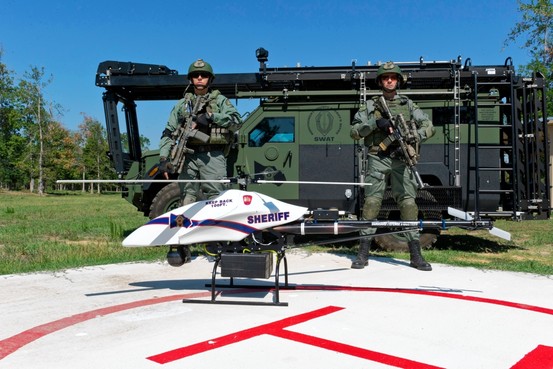
Challenges
- Privacy Concerns:Drones equipped with cameras can potentially infringe on individual privacy. The use of drones for surveillance purposes raises concerns about unwarranted monitoring of private spaces.
- Legal and Regulatory Frameworks:Developing and implementing appropriate legal and regulatory frameworks for drone usage can be challenging. Ensuring that drone operations comply with existing laws and regulations, especially in rapidly evolving technology landscapes, requires careful consideration.
- Public Perception and Acceptance: Drones may be met with skepticism or resistance from the public. Concerns about constant surveillance, data collection, and potential misuse can lead to negative perceptions, hindering the public’s acceptance of drone use in law enforcement.
- Technology Limitations: Technological limitations such as short battery life, limited payload capacity, and susceptibility to weather conditions can impact the effectiveness and reliability of drones in law enforcement operations.
- Interference and Hacking Risks: Drones are vulnerable to interference and hacking. Criminals may attempt to disrupt drone operations, either to evade law enforcement or to compromise the integrity of the data being collected.
- Training and Expertise: Law enforcement agencies need to invest in training officers to operate drones effectively. Ensuring that personnel are well-versed in both the technical aspects of drone operation and the legal and ethical considerations is crucial.
- Data Security and Management: Storing and managing the large volumes of data generated by drones present challenges. Law enforcement agencies must establish secure storage solutions and protocols to protect sensitive information and adhere to data retention policies.
How Works
- Search and Rescue Operations: Drones are valuable tools in search and rescue missions. Equipped with thermal imaging cameras or other sensors, they can cover large areas quickly, helping locate missing persons or assess the extent of a disaster.
- Traffic Monitoring:Law enforcement agencies use drones to monitor traffic conditions and identify traffic violations. This can be particularly useful in managing traffic flow, responding to accidents, and enforcing traffic laws.
- Crime Scene Investigation: Drones are employed to survey and document crime scenes from above. This can provide investigators with a comprehensive view of the area, aiding in the collection of evidence and reconstruction of events.
- Crowd Monitoring and Control: Drones can be used to monitor large crowds during events or protests. This helps law enforcement maintain situational awareness and respond quickly to any potential issues.
- Situational Awareness during Critical Incidents: In high-risk situations such as hostage scenarios or active shooter situations, drones can provide real-time situational awareness to law enforcement officers without putting them in immediate danger.
- Border Patrol and Surveillance: Drones are employed for border patrol to monitor vast and remote areas. They can detect and track illegal border crossings, providing valuable information to law enforcement agencies.
Disaster Response: Drones assist in disaster response by assessing the extent of damage, identifying areas of need, and helping coordinate rescue efforts. They can access areas that are difficult for ground teams to reach.
Explore More Content
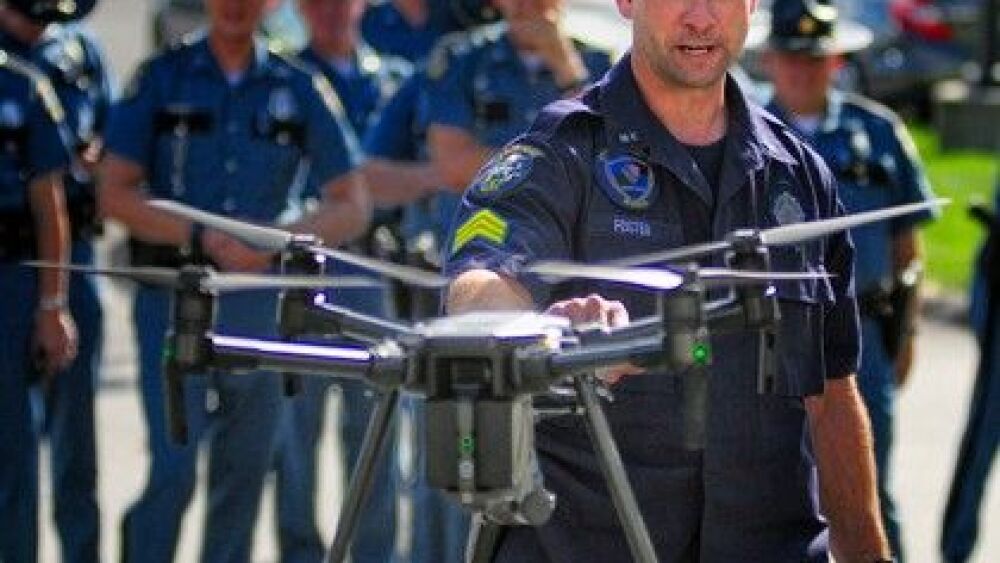
One significant application of drones in law enforcement is aerial surveillance. Equipped with high-resolution cameras and thermal imaging technology, drones offer a bird’s-eye view of crime scenes, accident sites, and large public gatherings. This real-time aerial perspective enables law enforcement to assess situations swiftly, gather critical information, and make informed decisions.
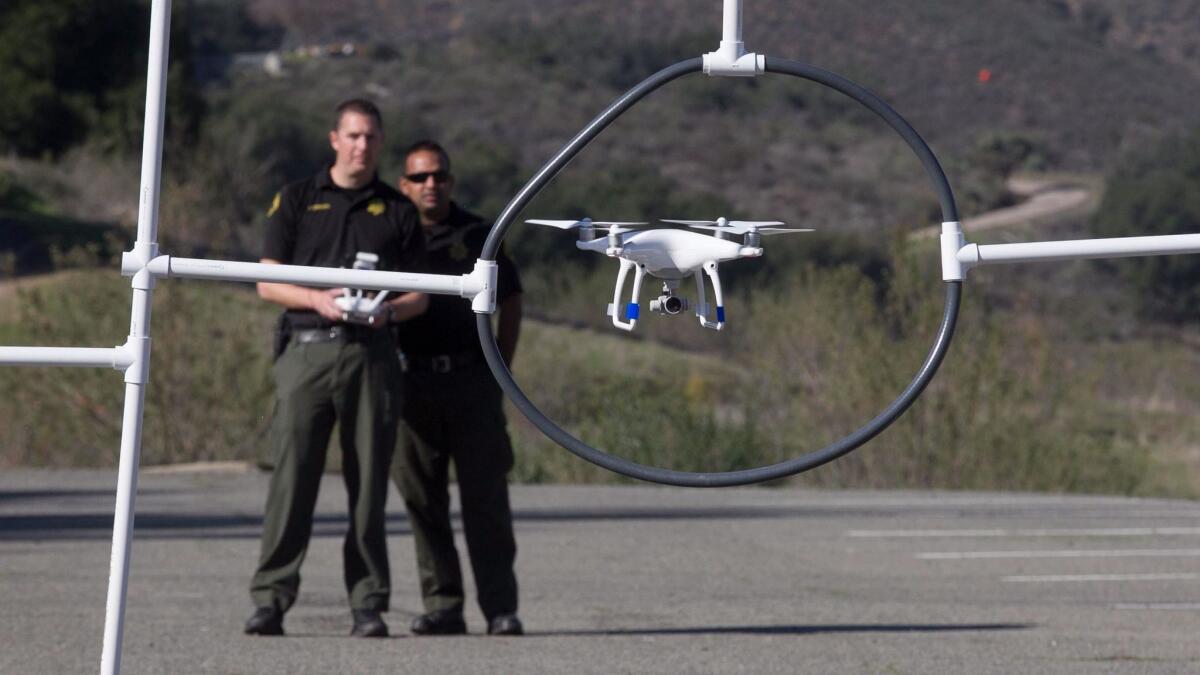
Search and rescue operations benefit immensely from drone technology. Drones equipped with thermal cameras can cover expansive areas in a fraction of the time it would take traditional search teams. In missing persons cases or natural disasters, drones play a vital role in locating individuals, providing crucial assistance to first responders in time-sensitive situations.
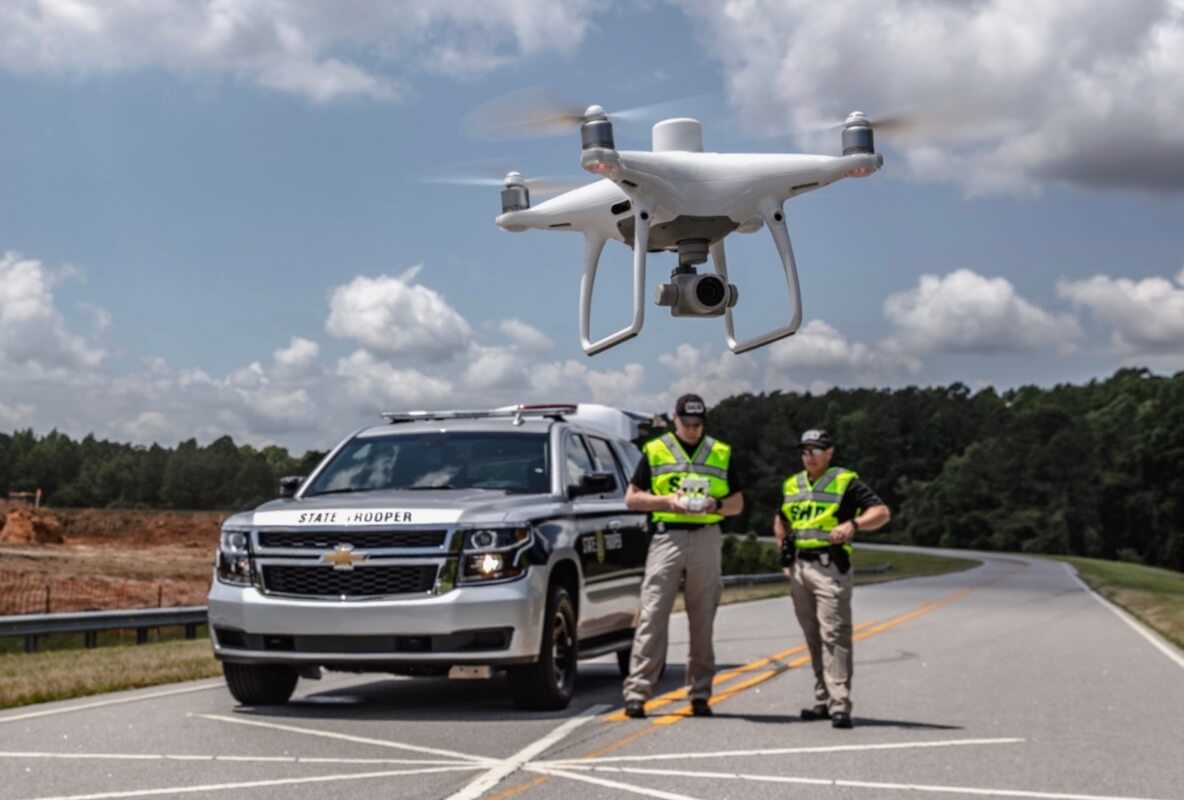
Law enforcement agencies also deploy drones for tactical purposes, including monitoring criminal activities, tracking suspects, and securing public events. The agility and versatility of drones make them invaluable in situations where traditional surveillance methods might be limited. Additionally, drones contribute to officer safety by providing real-time intelligence without exposing personnel to unnecessary risks.
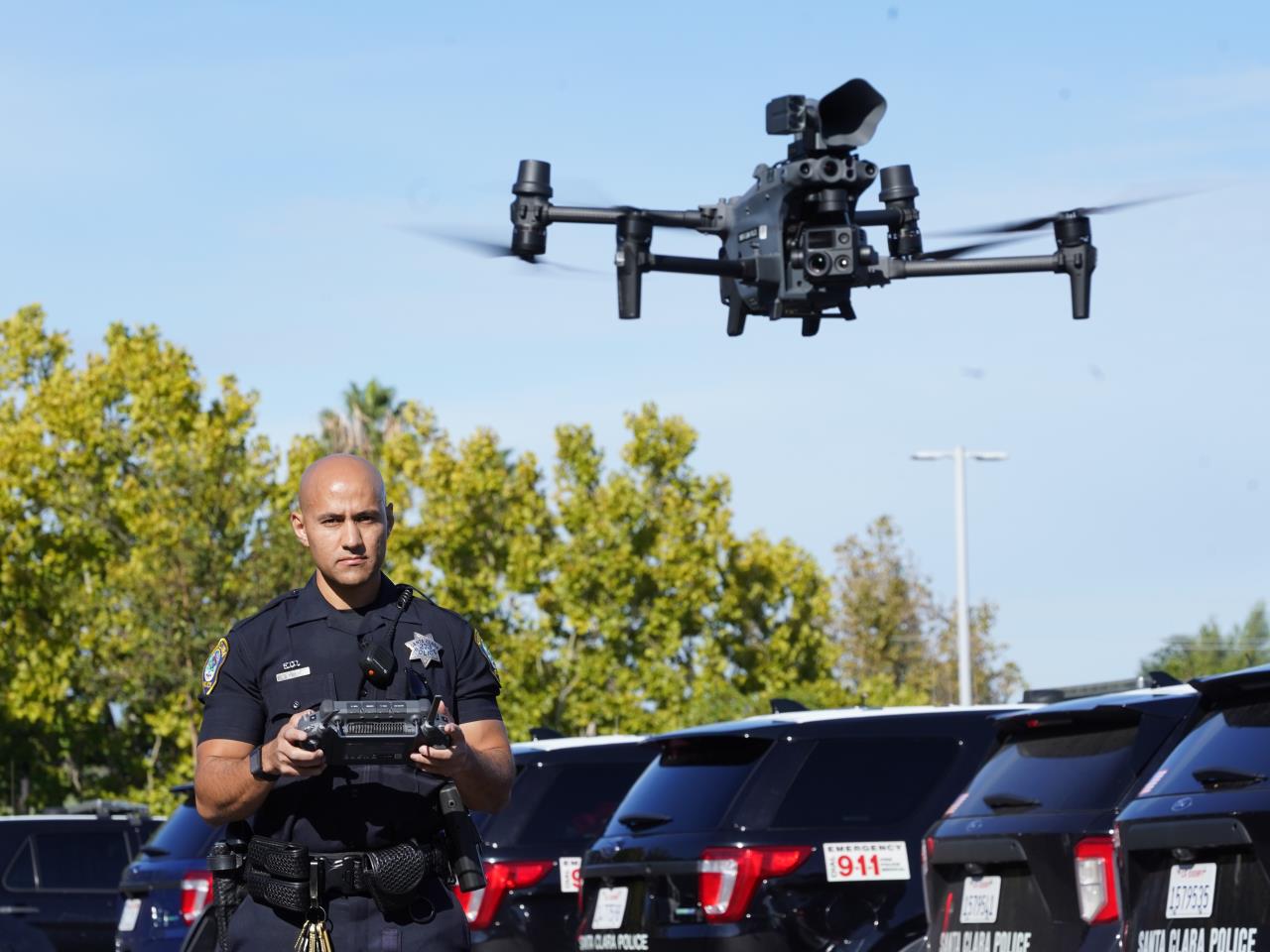
The integration of drones in law enforcement in the United States represents a technological leap that enhances the capabilities of police and emergency response teams. As drone technology continues to evolve, it is poised to play an increasingly pivotal role in ensuring public safety, optimizing operations, and responding effectively to a diverse range of law enforcement challenges.